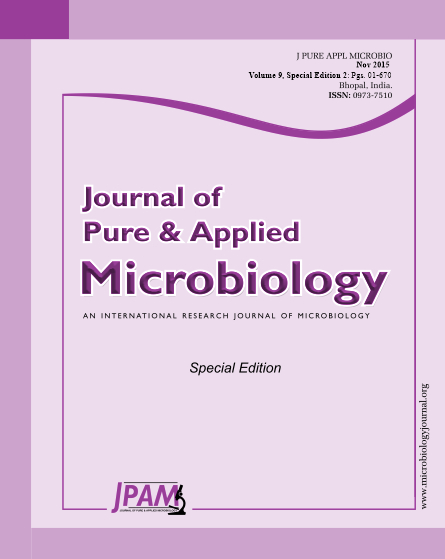The presence of filamentous fungi as aerosols in the atmosphere outside and inside is a risk to human health and determines air quality. This study aimed to identify the genres of the population of filamentous fungi in indoor and outdoor air of the north, northeast, central, south and southeast of the city of Puebla-Mexico, including buildings of two universities located within these areas during the four seasons of a year. It has been made air monitoring with a volumetric meter “Microflow” and Rodac plates, containing selective media for filamentous fungi. In each selected point they filtered 0.25 m3 of air by 1.48 minutes. It isolated and identified eleven genera of filamentous fungi in indoor and outdoor air of the la city of Puebla-Mexico, being the predominant genre Aspergillus sp with 40.3%, followed by Alternaria 11.25%, Stachibotrys 9.64% and Penicillium with 7.66%. Most colony forming units (CFU) of filamentous fungi were detected in summer with an average temperature of 23 °C and a humidity on 59.33%. The southern region recorded the highest load of filamentous fungi with respect to other areas, due to the emission of aerosols of the Atoyac River, an open and adjacent tributary to the urban area.
Filamentous fungi, colony forming units (CFU), Environment and air quality
© The Author(s) 2015. Open Access. This article is distributed under the terms of the Creative Commons Attribution 4.0 International License which permits unrestricted use, sharing, distribution, and reproduction in any medium, provided you give appropriate credit to the original author(s) and the source, provide a link to the Creative Commons license, and indicate if changes were made.


